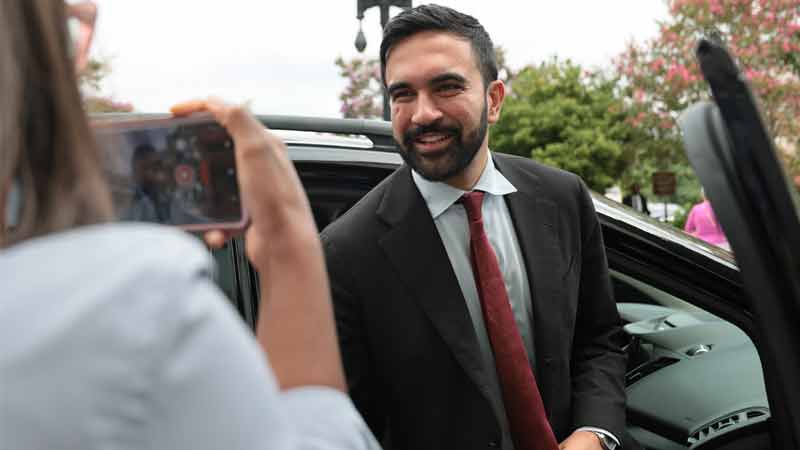Trump Admin Offering Former ICE Agents $50k To Rejoin

Vanload of Iranian Illegals Busted at Canadian Border

US to Stop Criticizing Foreign Elections – Report

Trump Suing WSJ and Rupert Murdoch for $10 Billion over Epstein Letter Story

20% of EU’s New 7-Year Budget Would Go to Ukraine – Hungarian PM

Maybe It’s Not Just *Illegal* Immigration

